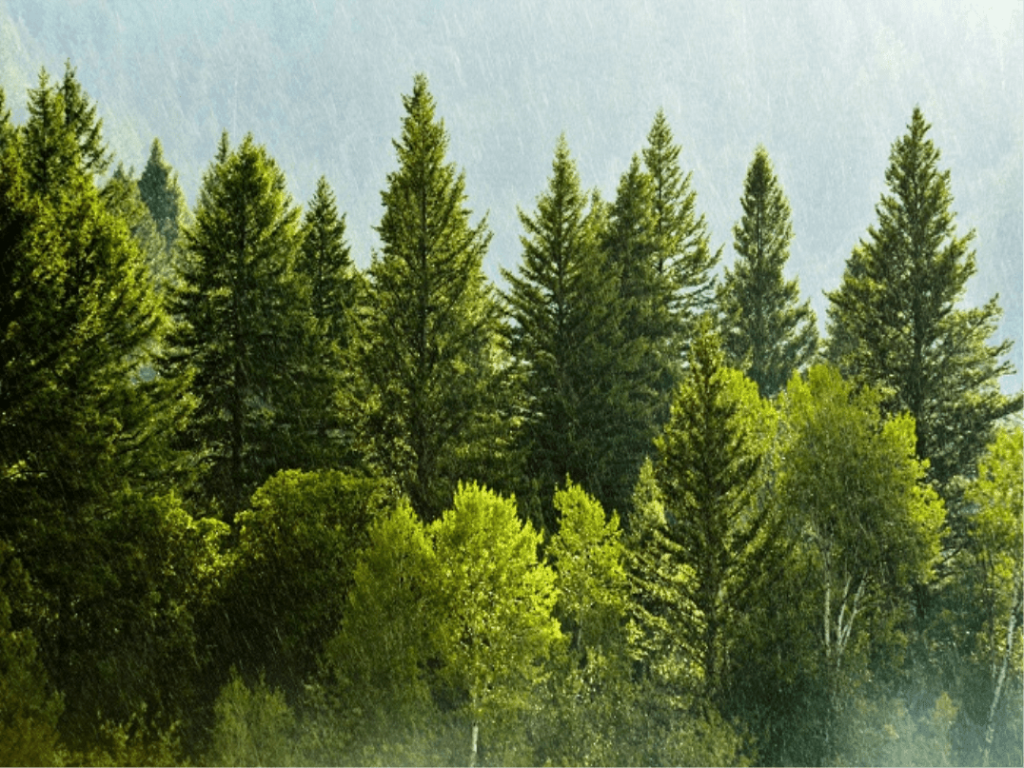Tree worship is very common worldwide, and Arab culture is no exception to that. In fact, arboreal references in holy books and rituals reflect the place of various types of trees in Arabic cultures of millennia ago: their uses, the local species of importance, and moreover, their inspirational and symbolic significance based on the perception of the tree as a symbol of life. With the continuous influence of culture and spiritual practices over thousands of years, particular species (e.g. the Cedar of Lebanon) and certain forests and groves have acquired great, even sacred, importance, which still holds today and may contribute to their protection and conservation.
How does the Middle East see trees?
In the Middle East, sacred places are closely related to the veneration of saints and, in many instances, sacred trees are connected with sacred graves/shrines and share the same supernatural powers to grant divine blessings, to cure and to punish the offenders against the saint to whom the tree is dedicated and who endows them with their miraculous powers. So, it is not surprising that many of the customs and ceremonies which are performed, in general, in sacred places are performed also at the sites of sacred trees. For example, in some villages, there are sacred trees which are called “shajarat al’arees” (The groom’s tree) or “shajarat al’aroos” (The bride’s tree). These names reflect the old custom of performing weddings under these trees.
Olive trees
Olives are among the oldest tree species in the world, originating approximately 8,000 years ago. After the first trees were planted, cultivation soon followed, marking the beginning of the link between Arab culture and the olive. This small tree species has also been incorporated as a political symbol in the modern Arab world and olives, in general, were viewed as a symbol of richness and affluence. Moreover, olives (along with the fig and pomegranate) are especially singled out as a blessing from God. Likewise, the Quran describes fruit-trees as a gift of God.
Date trees
Another important tree would be the date palm tree. Dates are associated with the culture, heritage and history of the Arab world. Every type of dates has its own taste and story for the Arab nationals, who consider the harvesting season of dates as a festival. The fruit’s long life when dried, coupled with its nutritional value, made dates a perfect food for people who had to move from place to place. Ancient cultures referred to date palms as “trees of life” and they remained a critical food source for nomadic people across the globe.
So here is a list of the types of trees in Arabic:
| English | Transliteration | Arabic |
|---|---|---|
| Tree in Arabic | shajarah | شجرة |
| Pear tree in Arabic | shajarat ‘ejaas | شجرة إجاص |
| Orange tree in Arabic | shajarat burtuqaal | شجرة برتقال |
| Oak tree in Arabic | shajarat balloot | شجرة بلوط |
| Palm tree in Arabic | shajarat balaH | شجرة بلح |
| Hazelnut tree in Arabic | shajarat bunduq | شجرة بندق |
| Apple tree in Arabic | shajarat tuffaaH | شجرة تفاح |
| Mulberry tree in Arabic | shajarat toot | شجرة توت |
| Fig tree in Arabic | shajarat teen | شجرة تين |
| Walnut tree in Arabic | shajarat jawz | شجرة جوز |
| Nutmeg tree in Arabic | shajarat jawz ilhind | شجرة جوز الهند |
| Plum tree in Arabic | shajarat khawkh | شجرة خوخ |
| Peach tree in Arabic | shajarat durraaq | شجرة دراق |
| Pomegranate tree in Arabic | shajarat rumman | شجرة رمان |
| Olive tree in Arabic | shajaratu zaytoon | شجرة زيتون |
| Cypress tree in Arabic | shajarat sarro | شجرة سرو |
| Willow tree in Arabic | shajarat safsaaf | شجرة صفصاف |
| Chestnut tree in Arabic | shajarat kastanaa’ | شجرة كستناء |
| Almond tree in Arabic | shajarat lawz | شجرة لوز |
| Banana tree in Arabic | shajarat mawz | شجرة موز |
| Apricot tree in Arabic | shajarat mishmish | شجرة مشمش |
Now, whenever you take a walk and want to rest under a tree’s shade, think about how nature and trees specifically shaped beliefs and practices.
If you liked this article would like to start learning Arabic, why not head over to our website and download the Kaleela Arabic learning app and learn to speak Arabic today?




